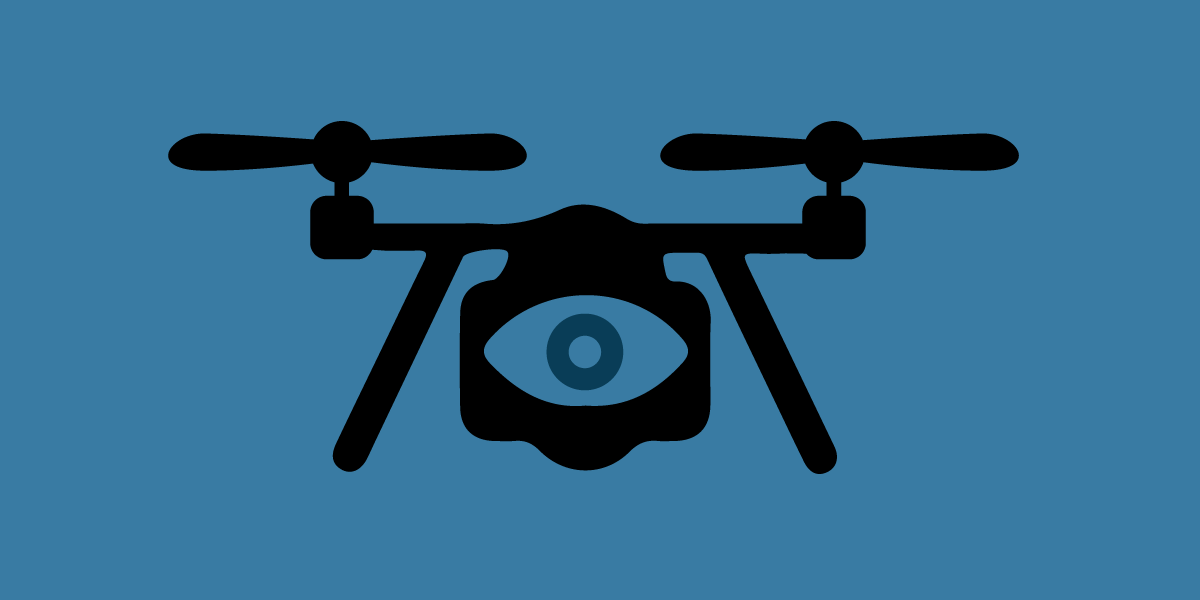Police in Minnesota are buying and flying more drones than ever before, according to an annual report recently released by the state’s Bureau of Criminal Apprehension (BCA). Minnesotan law enforcement flew their drones without a warrant 4,326 times in 2023, racking up a state-wide expense of over $1 million. This marks a large, 41 percent increase from 2022, when departments across the state used drones 3,076 times and spent $646,531.24 on using them. The data show that more was spent on drones last year than in the previous two years combined. Minneapolis Police Department, the state’s largest police department, implemented a new drone program at the end of 2022 and reported that its 63 warrantless flights in 2023 cost nearly $100,000.
Since 2020, the state of Minnesota has been obligated to put out a yearly report documenting every time and reason law enforcement agencies in the state — local, county, or state-wide — used unmanned aerial vehicles (UAVs), more commonly known as drones, without a warrant. This is partly because Minnesota law requires a warrant for law enforcement to use drones except for specific situations listed in the statute. The State Court Administrator is also required to provide a public report of the number of warrants issued for the use of UAVs, and the data gathered by them. These regular reports give us a glimpse into how police are actually using these devices and how often. As more and more police departments around the country use drones or experiment with drones as first responders, it offers an example of how transparency around drone adoption can be done.
You can read our blog about the 2021 Minnesota report here.
According to EFF’s Atlas of Surveillance, 130 of Minnesota’s 408 law enforcement agencies have drones. Of the Minnesota agencies known to have drones prior to this month’s report, 29 of them did not provide the BCA with 2023 use and cost data.
One of the more revealing aspects of drone deployment provided by the report is the purpose for which police are using them. A vast majority of uses, almost three-quarters of every time police in Minnesota used drones, were either related to obtaining an aerial view of incidents involving injuries or death, like car accidents, or for police training and public relations purposes.
Are drones really just a 1 million dollar training tool? We’ve argued many times that tools deployed by police for very specific purposes often find punitive uses that far outreach their original, possibly more innocuous intention. In the case of Minnesota’s drone usage, that can be seen in the other exceptions to the warrant requirement, such as surveilling a public event where there’s a “heightened risk” for participant security. The warrant requirement is meant to prevent using aerial surveillance in violation of civil liberties, but these exceptions open the door to surveillance of First Amendment-protected gatherings and demonstrations.













